Ryadovki is a genus of lamellar mushrooms that belong to the Ryadovkov family (Tricholoma). People call them “paths” for their ability to grow in a row. Mushrooms are widespread, but only some species are eaten, so before you go to gather rows, you need to familiarize yourself with the description and photos of edible rows in order not to grab bad mushrooms in a basket.
Content
Characteristic features of the species and collection rules
The genus includes species of all fungal categories: from edible to poisonous. The following general features are characteristic of rows:
- fleshy convex hat, which acquires a flattened shape as it ages;
- cracked edges;
- the presence of plates;
- cylindrical leg;
- thick flesh;
- powdery odor in many species.
Collecting tracks is best in the first half of autumn. It’s easy to search for mushrooms, because they grow in a row and in large groups. Edible and poisonous species can be distinguished by their appearance, smell, or the reaction of the flesh to air.
What species are considered completely edible?
Autumn edible rowing is represented by such species:
- Pigeon (dove). The doves have white fleshy hats with a cracked edge. They have the shape of a hemisphere. The surface is slippery, sticky. The leg is bent. The surface of the legs is white, but you can find specimens with a greenish base. The plates are wide, white.
- The yellow-brown appearance is distinguished by a convex velvety hat. Reddish scales are densely located on the yellow-brown surface. The leg is bent, thickened at the base. She always repeats the color of the hat. The mushroom plates have a lemon tint.
- In a young row of blushing hats, the hat is convex, but as the fungus grows older, it acquires a flatter shape, and a tubercle appears in the center. The surface is sticky, scaly, reddish-brown. The leg is thickened to the bottom. It is white above, and yellow-red below. The pulp is white or yellowish with a characteristic powdery aroma.
- The clerk has a fleshy hat with a slippery red-brown surface. Initially, it is convex, but as it grows older, it takes an irregular open shape. The edges of the cap are thin, with multiple cracks, the leg is wide, fleshy. As they grow older, rowing changes its color from white to brown. The pulp is white; in the air, the color does not change. It smells nice of freshly ground flour.
- The gray appearance is distinguished by an ashen hat with a lilac hue. The surface is smooth, slippery. The foot is thickened to the base. Its surface, white with a yellowish tint, is covered with a powdery coating. The plates are sinuous, painted white.
- Matsutake has a small brown cracked hat, under the skin of which you can see the white flesh. Leg dark brown, elongated. It is very difficult to get out of the soil. The pulp has a mushroom aroma.
- Mongolian rowing looks like champignon. The hat is hemispherical or egg-shaped. As you age, it can stretch out a bit. The edges are bent inward. Young mushrooms have a white and shiny hat, while old mushrooms have a gray and dull hat. The leg is expanded at the base, strewn with large-sized scales of white or cream shade.
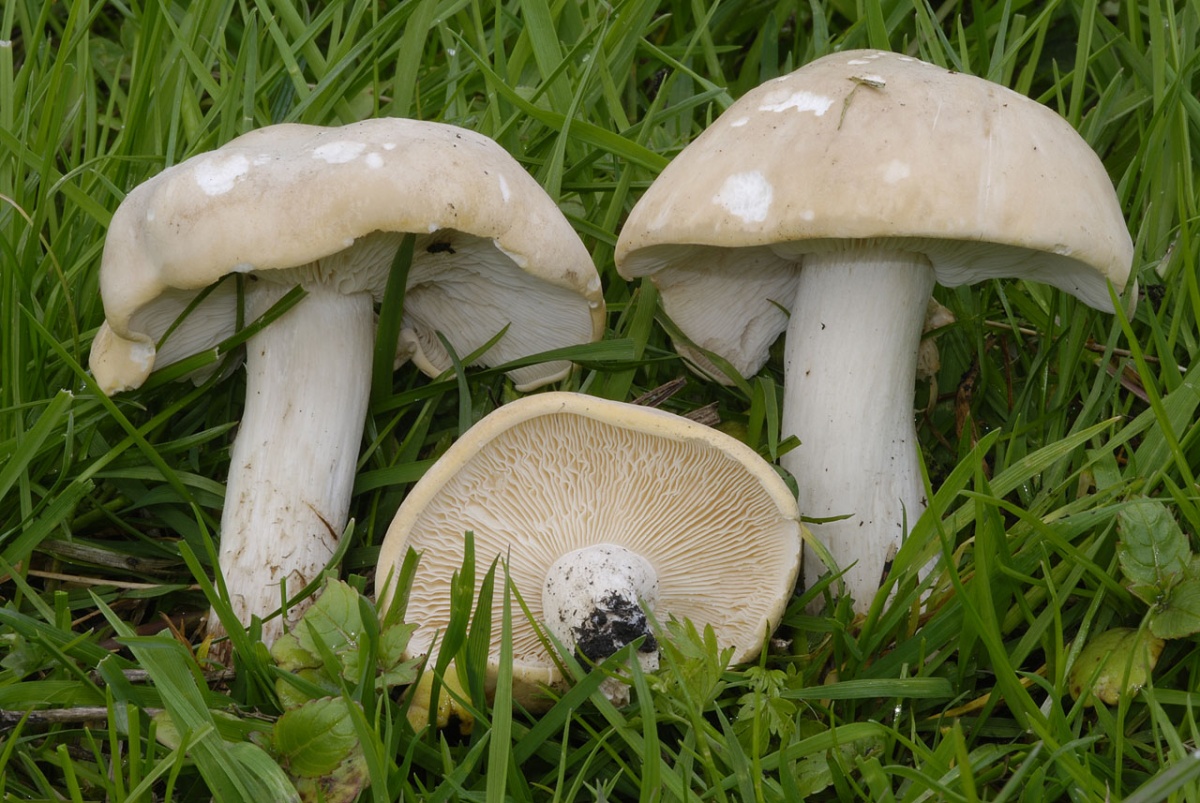
Mongolian Ryadovka
Conditionally edible row mushrooms
The following types of rows are classified as conditionally edible mushrooms:
- silver (scaly greasy);
- golden;
- shod;
- scaly (sweet);
- yellow red
- bearded;
- greenfinch.
In Russia, the most common are:
- The scaly rowing has a convex or flat-convex hat. In the middle you can see a tubercle. The surface of the hat is velvety, chocolate shade. The leg is club-shaped. On top, it is painted white, and on the bottom it is pink-brown or tan. The flesh can be either white or cream. At a break from it, a fruity aroma weakly blows.
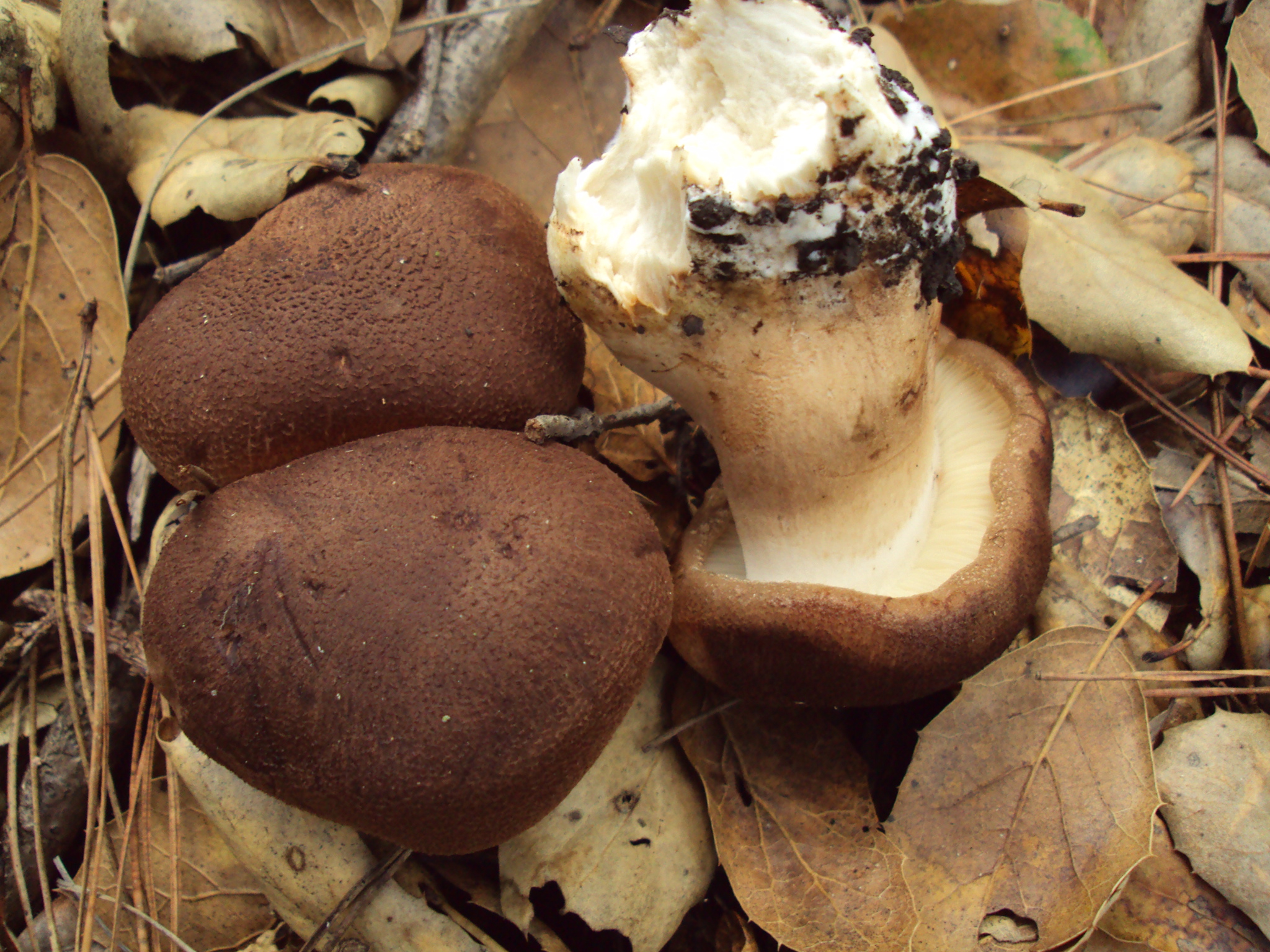
Scale row - The yellow-red row is distinguished by the yellow-orange surface of the hat, completely covered with scales of purple or red-brown. Initially, the shape of the hat is convex, but over time it becomes flat. The surface is dry and velvety. The leg is often bent. It has a pronounced thickening at the base. The foot repeats the color of the hat. It is also densely covered with scales, the shade of which is a tone lighter than the hat scales. The pulp of the mushroom is yellow, with an unpleasant sour smell.
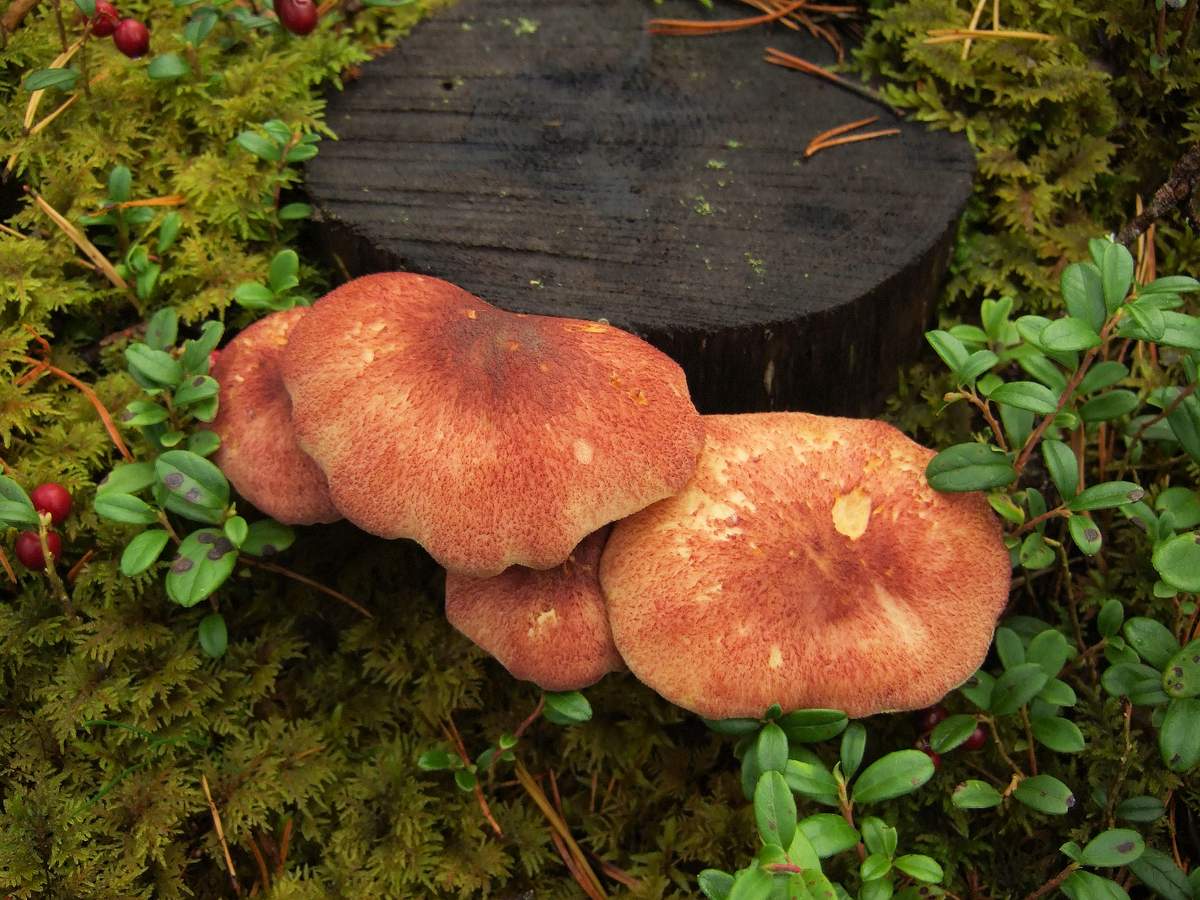
Ryadovok yellow-red - The bearded has a conical hat with a pronounced tubercle in the center. Its surface has a pinkish-brown or reddish-brown color. In the center, the color tone is a little darker. Leg extends to the top. Below it has a reddish-brown hue, and above it is pure white. The pulp does not have a pronounced smell or taste.
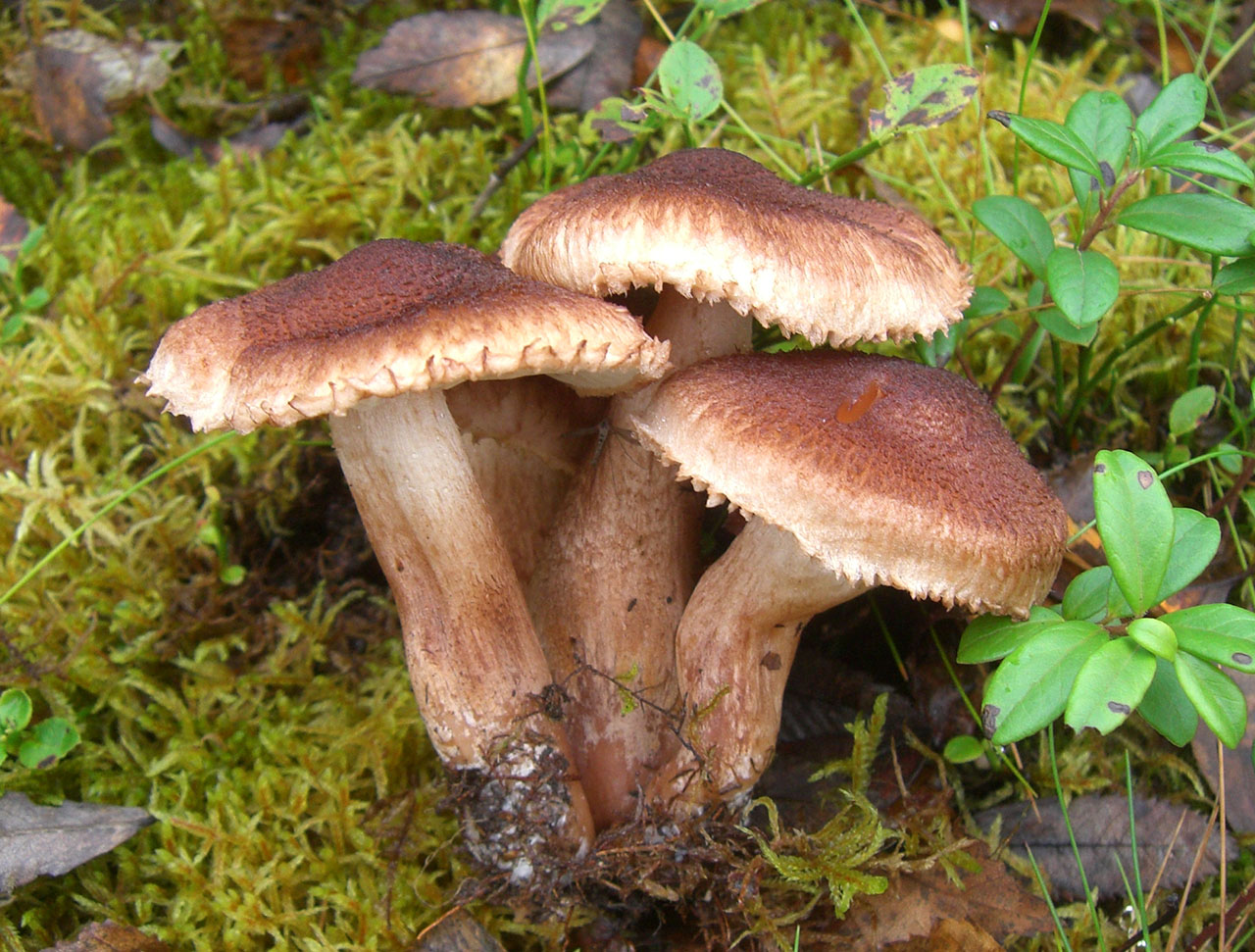
Bearded rowing - Greenfinch is distinguished by the green color of the fruiting body. The hat is convex, grassy or yellow-green in color. In the middle there is a tubercle. As mushrooms age, flakes appear on the surface of the cap. Leg wide, short, colored in the color of the hat. The plates are bright lemon in color. The pulp is white with a characteristic ranged powdery odor.
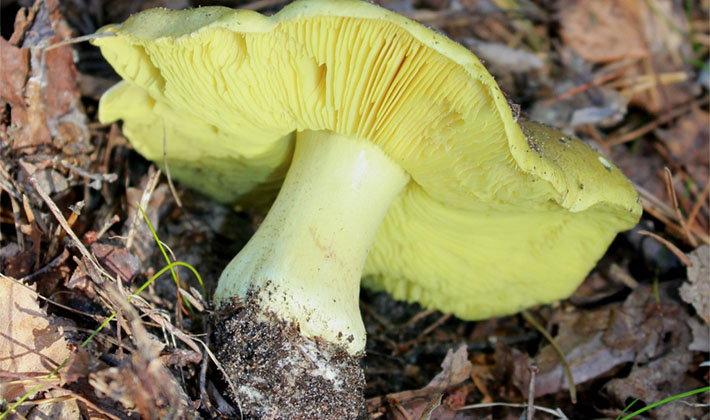
Greenfinch
Inedible ranks
The following types of rows fall into the category of inedible mushrooms:
- white-brown (white-brown);
- broken down;
- creeping;
- rough
- soapy;
- dark
- different (isolated);
- sulfuric (sulfur yellow);
- pointy.
On our territory, broken, rough, dark and isolated species are extremely rare. Consider in detail the common inedible species:
- The white-brown row has a flattened hat with a tubercle and wavy edges. The mucous surface. It may have a wine brown or reddish brown tint. Dark veins are visualized over the entire surface of the cap. The edges are pale. There is always a white spot on the velvety pinkish-brown leg. The pulp is white, it smells of flour.
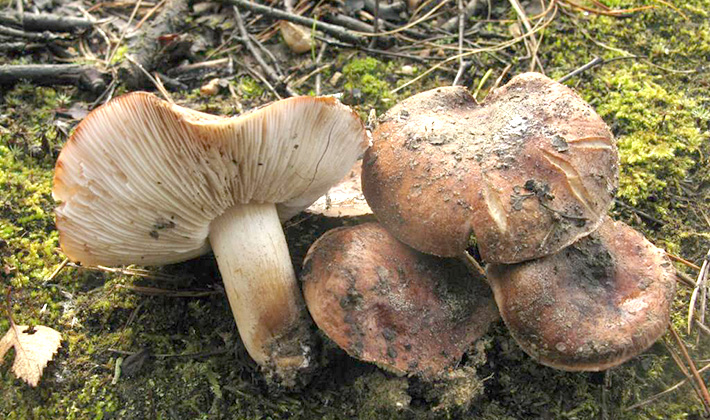
White-brown row - The row-shaped open-shaped has a convex hat with wavy edges. The surface is fibrous, heterogeneous in color. The color is represented by streaks and spots of the following shades:
- red;
- yellow;
- olive;
- brown. Mushroom plates are intertwined and covered with dark spots. There is a woolly ring on the leg. Above it, the surface of the leg is beige, and under it is white with brown scales.
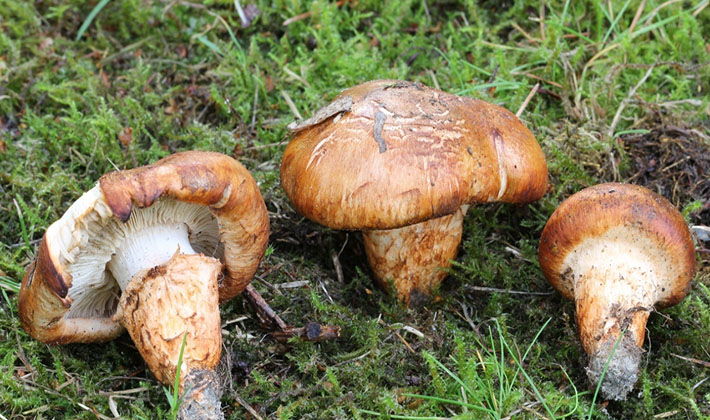
The row-row is open
- Sulfur species is distinguished by a fruit body of sulfur-yellow hue. The hat is convex, with age it can become more flat. The surface is velvety. The leg is thin. In the upper part, it has a bright yellow color, sulfur-yellow below. The pulp follows the color of the fruiting body. A sharp smell of acetylene emanates from it.
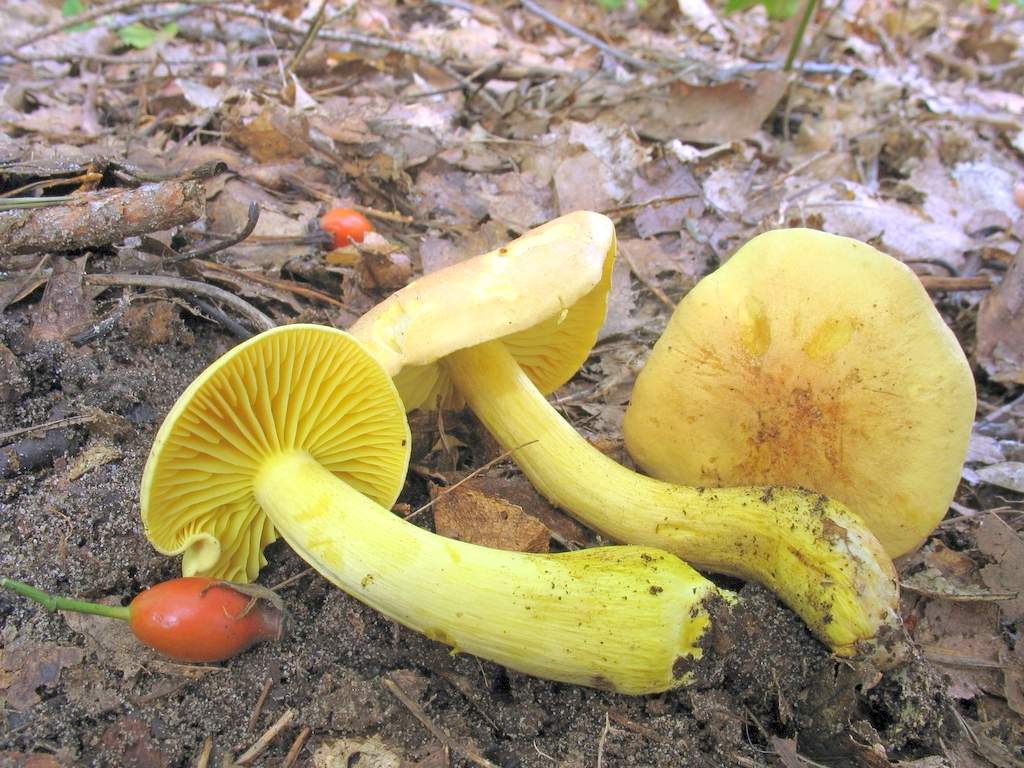
Sulfur row - Soap row has an open hat the color of coffee with milk. In the middle, the shade is darker, and along the edge it is lighter. The leg is fibrous, often curved. It is painted in a light brown color. At the cut, the flesh acquires a reddish hue. It emits a pungent smell of fruit soap.
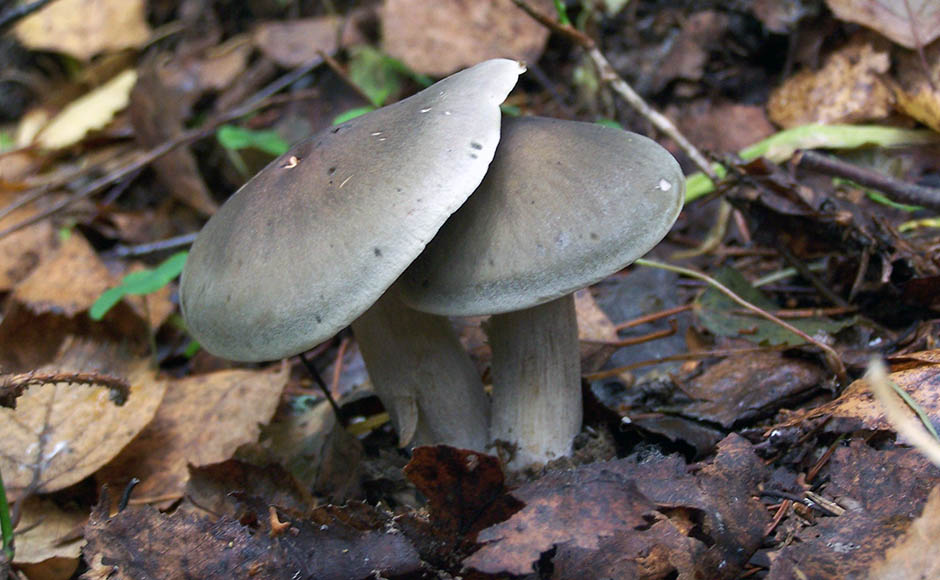
Soap row - The line-up has a pointed hat with a conical shape. In the center, a sharp tubercle is pronounced.The surface is dry, with cracks along the edge. The color of the hat is dark gray with brown flashes. The leg is thin, curved. The color of the legs can be defined as off-white.
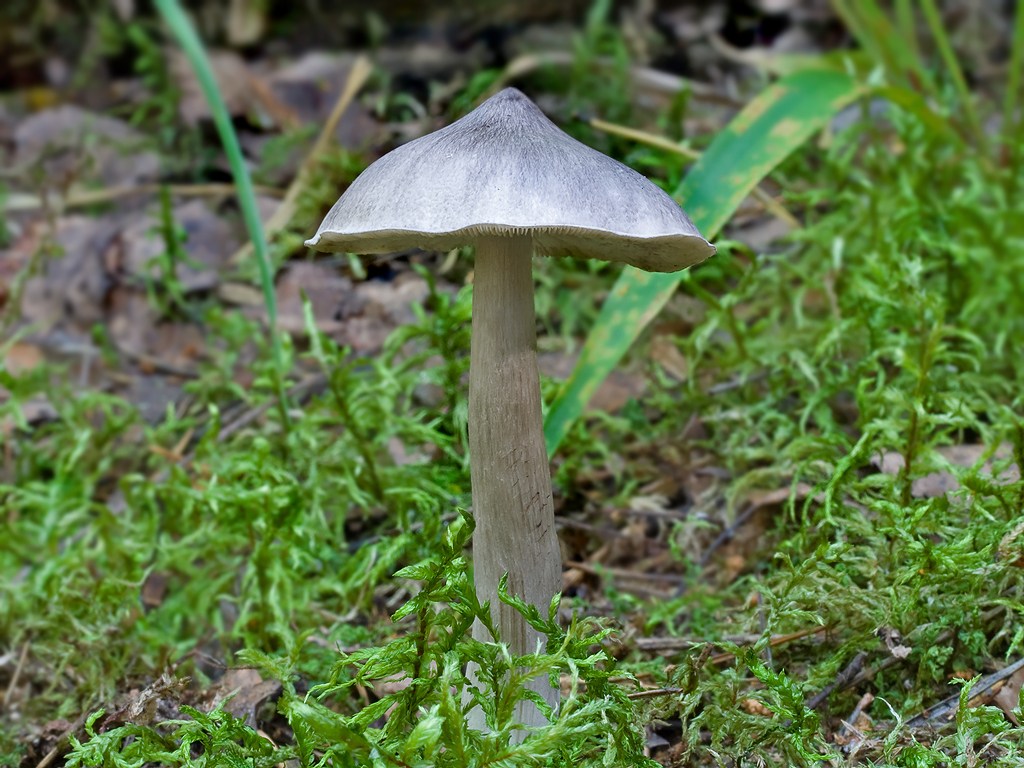
Pointing is pointed
Poisonous species and differences from edible
Poisonous rows are very dangerous for human health. These include the following types:
- spruce;
- white
- toad;
- smelly;
- conical (spiky);
- brindle (leopard);
- spotty;
- singed (tanned).
Edible species can only be confused with white, spotted and leopard rows. You can distinguish them like this:
- The white row is distinguished by a snowy white, sometimes yellowish color. The hat is open, velvety. The leg is cylindrical, slightly curved. Its surface repeats the color of the cap. You can recognize the mushroom by the pulp. It tends to change its color in contact with air, so at the break it instantly turns pink. From the pulp comes a sharp unpleasant odor of radish.
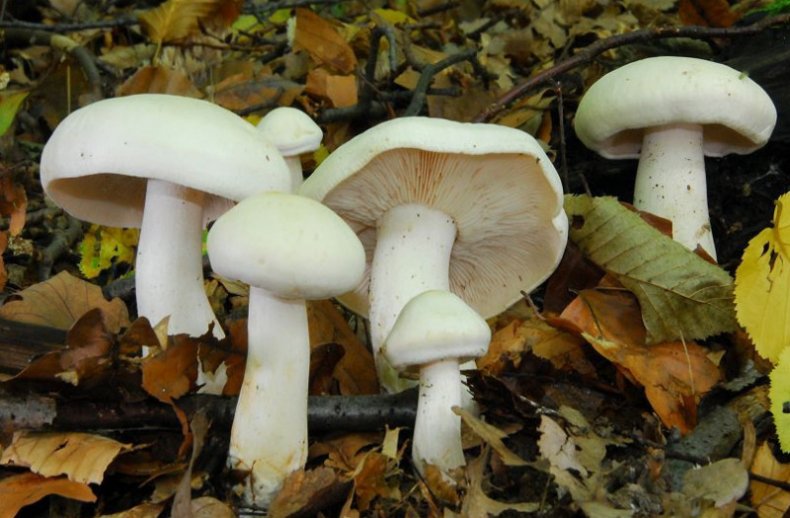
White row - The cap of the spotted row is outstretched and slippery, with a small indentation in the middle. It is painted in a light brown color. Dark brown longitudinal stripes and spots of the same hue are clearly visualized over the entire surface. The edges of the cap are slightly lighter. The leg is expanded at the base. From below, it repeats the color of the hat, and from above - white.
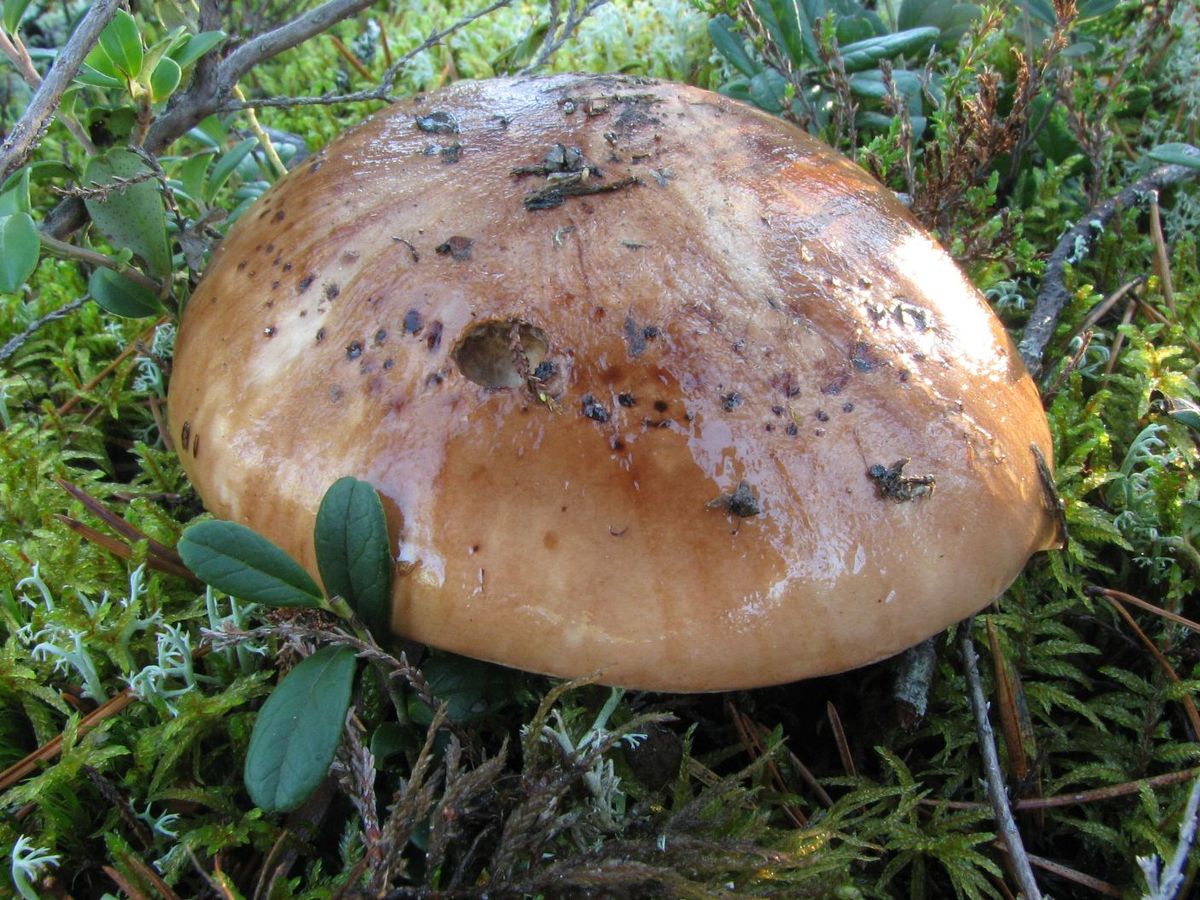
Spotted row - Leopard rowing is easily recognized by the characteristic leopard pattern on the surface of the cap: dark gray spots appear on a light gray background. Along the edge, the color fades a little. The hat has an open shape. The leg is white, thickened to the bottom.
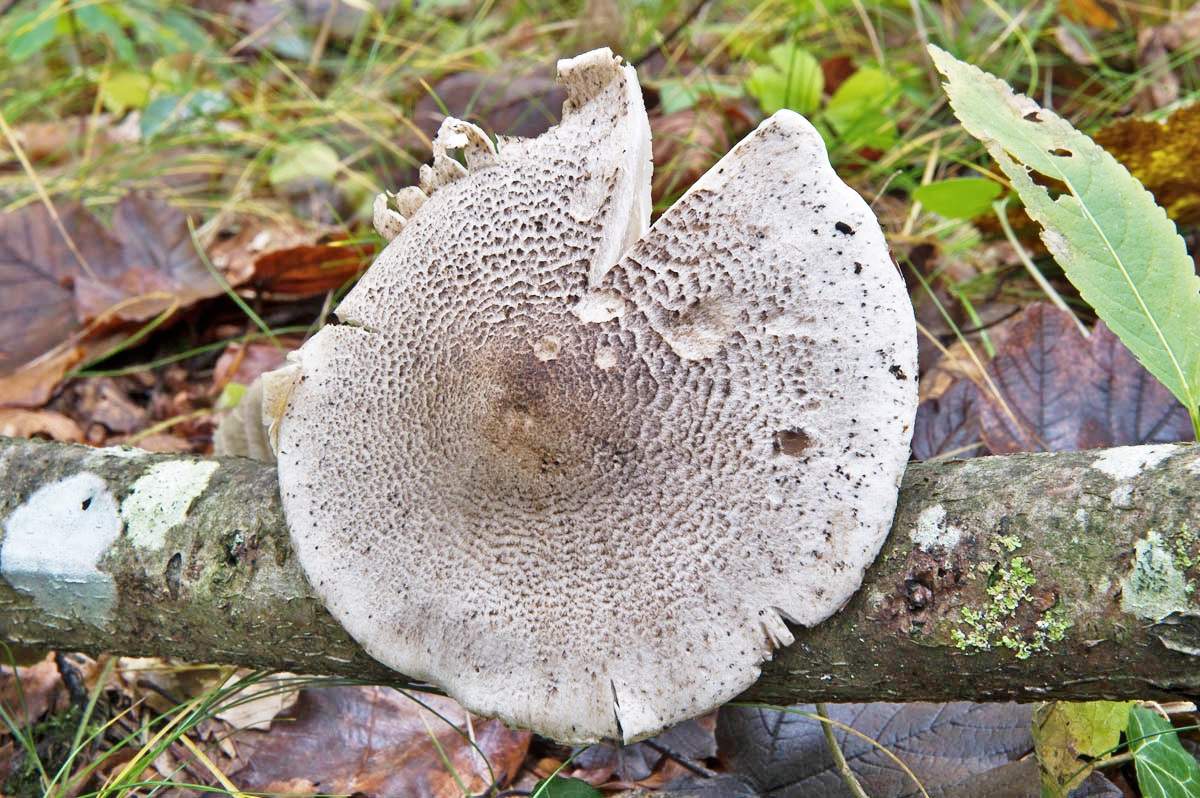
Leopard
Answers to widespread questions
Tracks often become a topic of discussion for mushroom pickers. The following is a list of the most frequently asked questions about rows with answers to them:
Ryadovki is a numerous genus of mushrooms. Due to the large species diversity, it is sometimes difficult to identify a particular fungus. In order to distinguish edible specimens from inedible specimens, one must be well-versed in the characteristics of specific species.

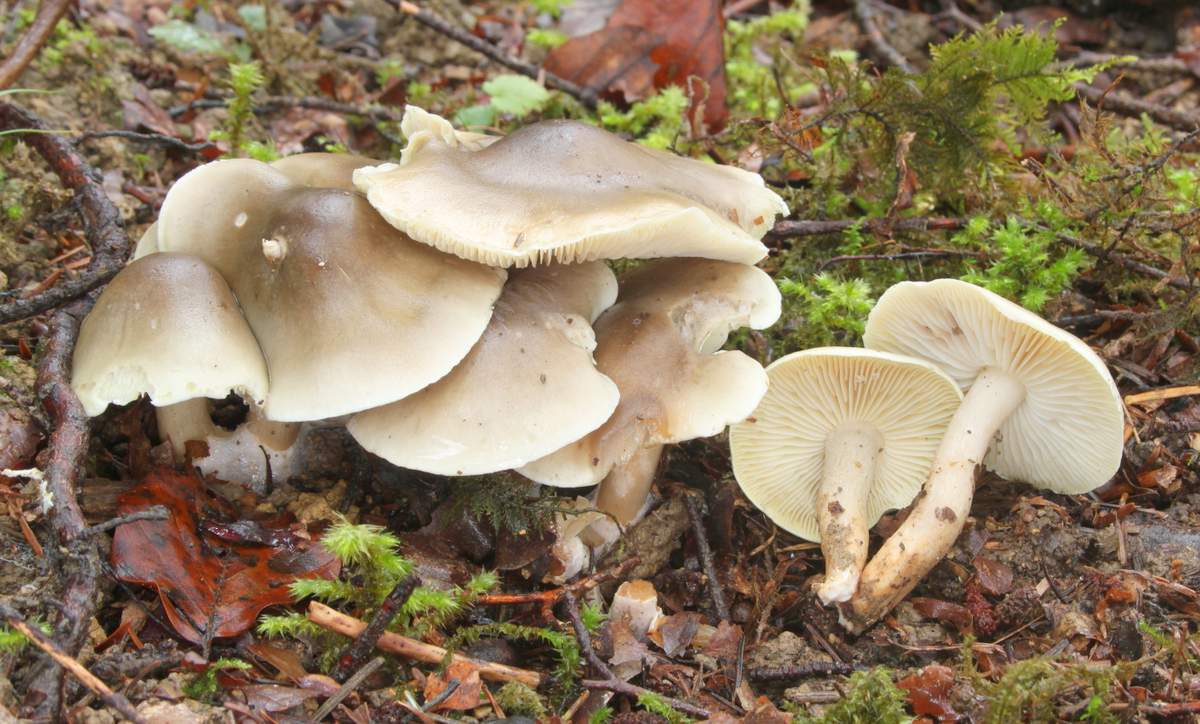
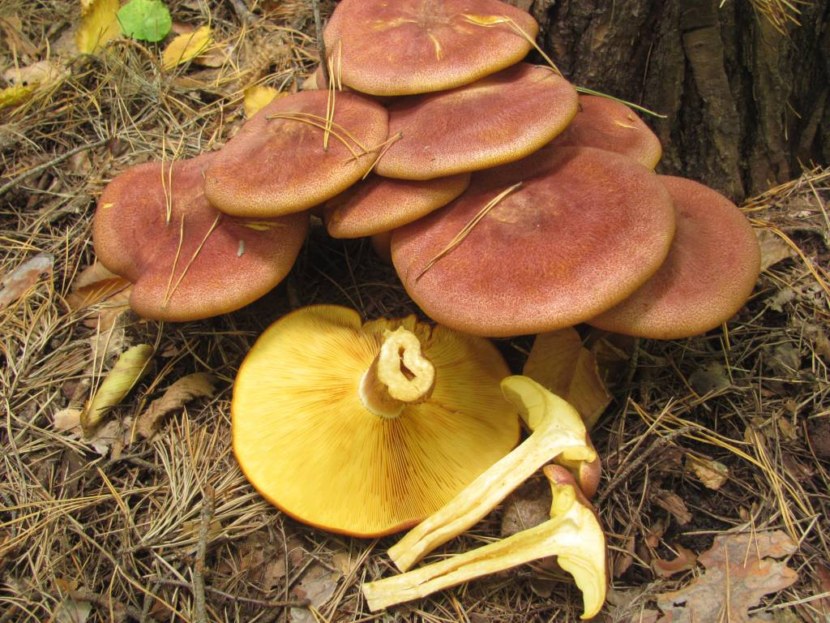
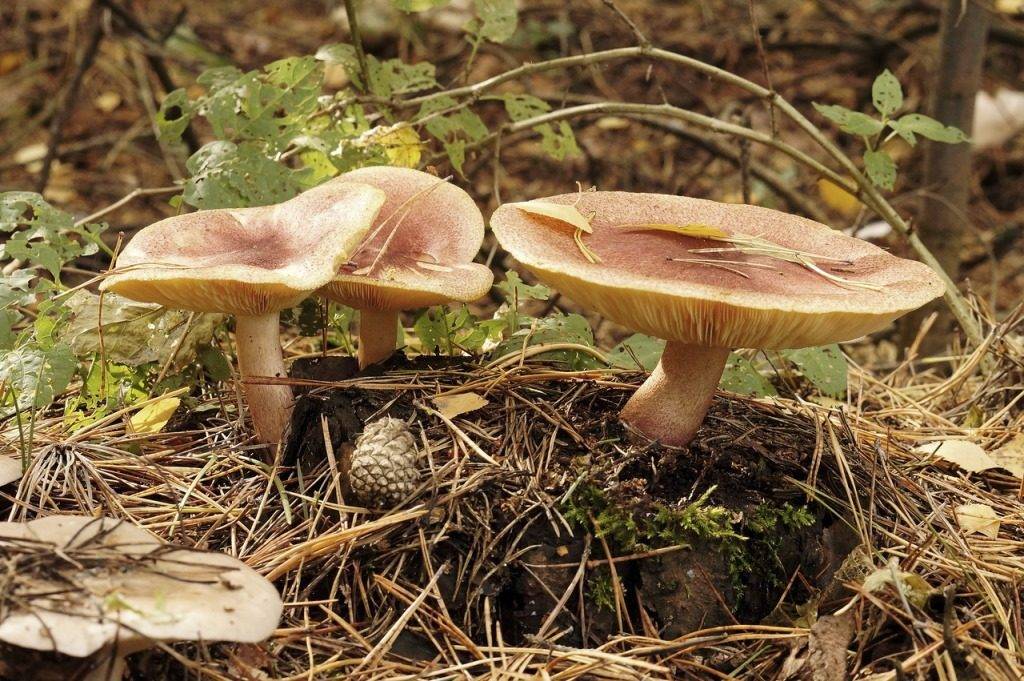
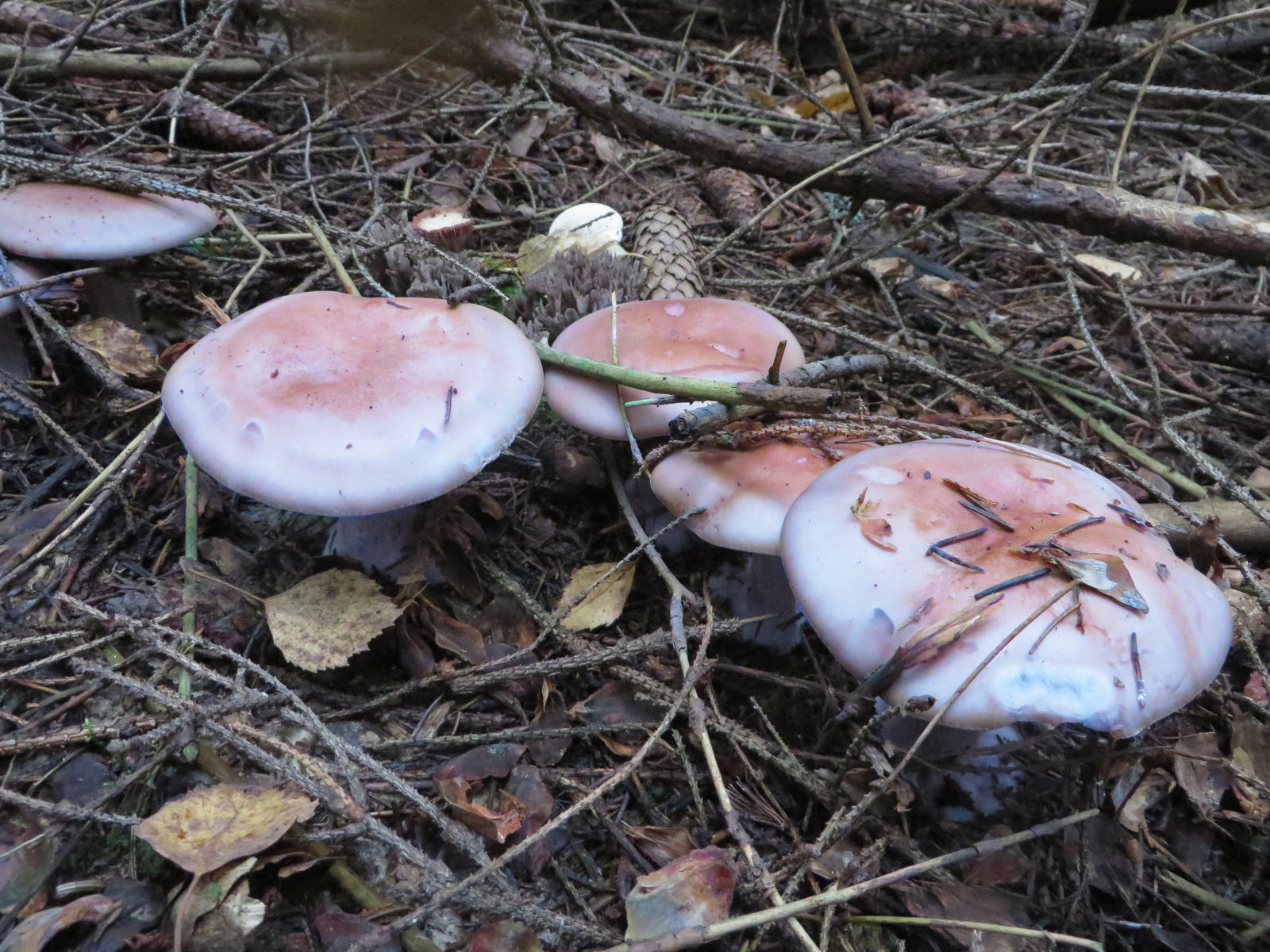
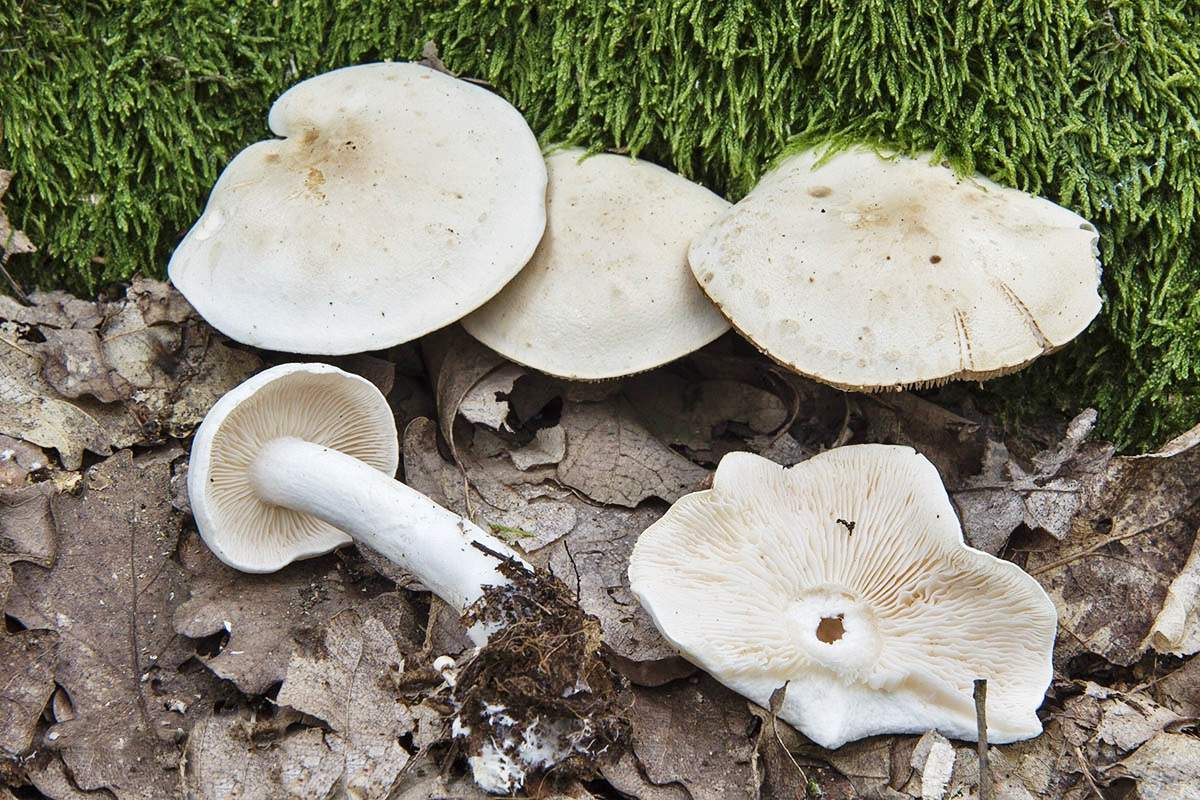

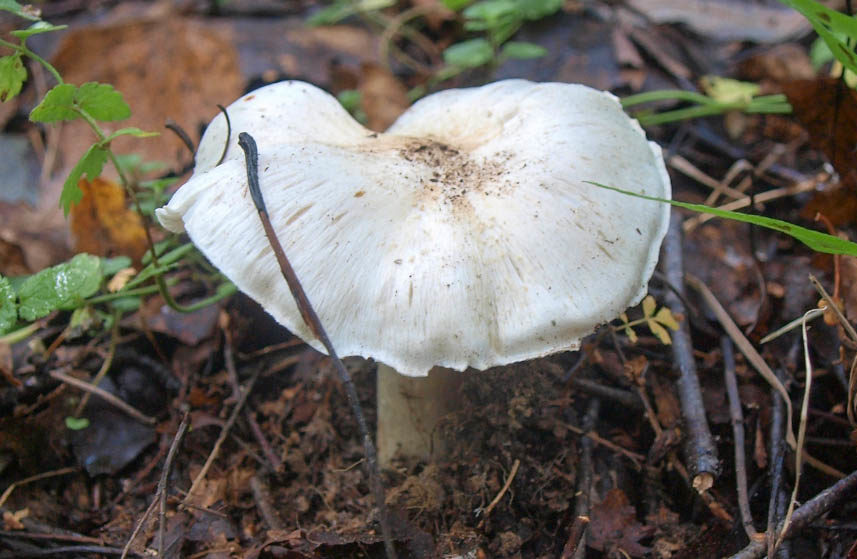
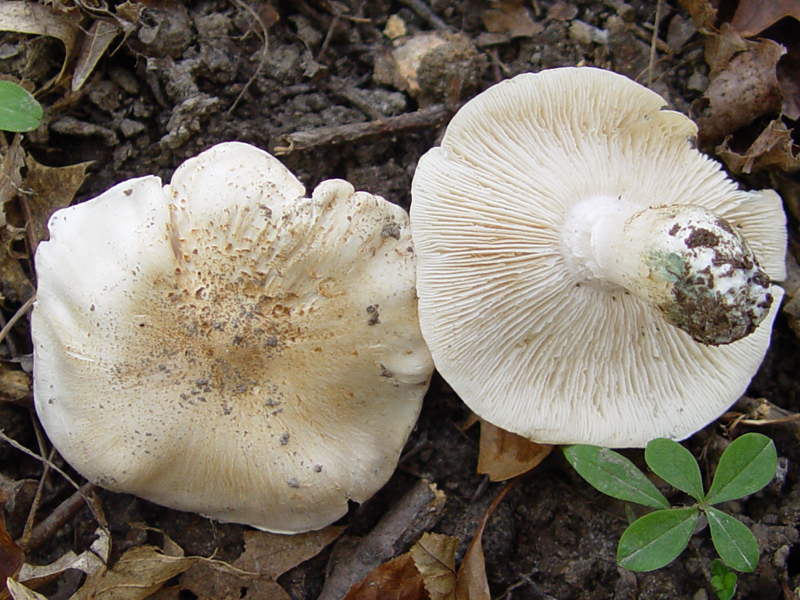
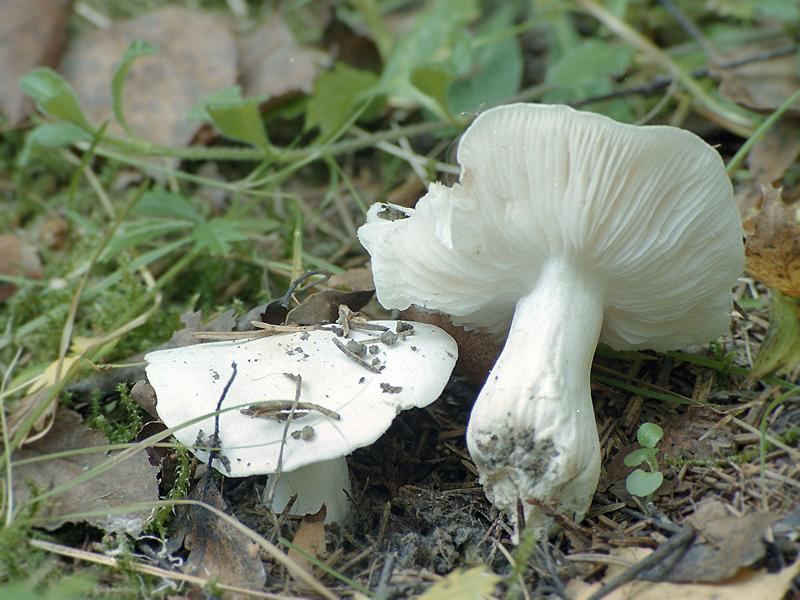
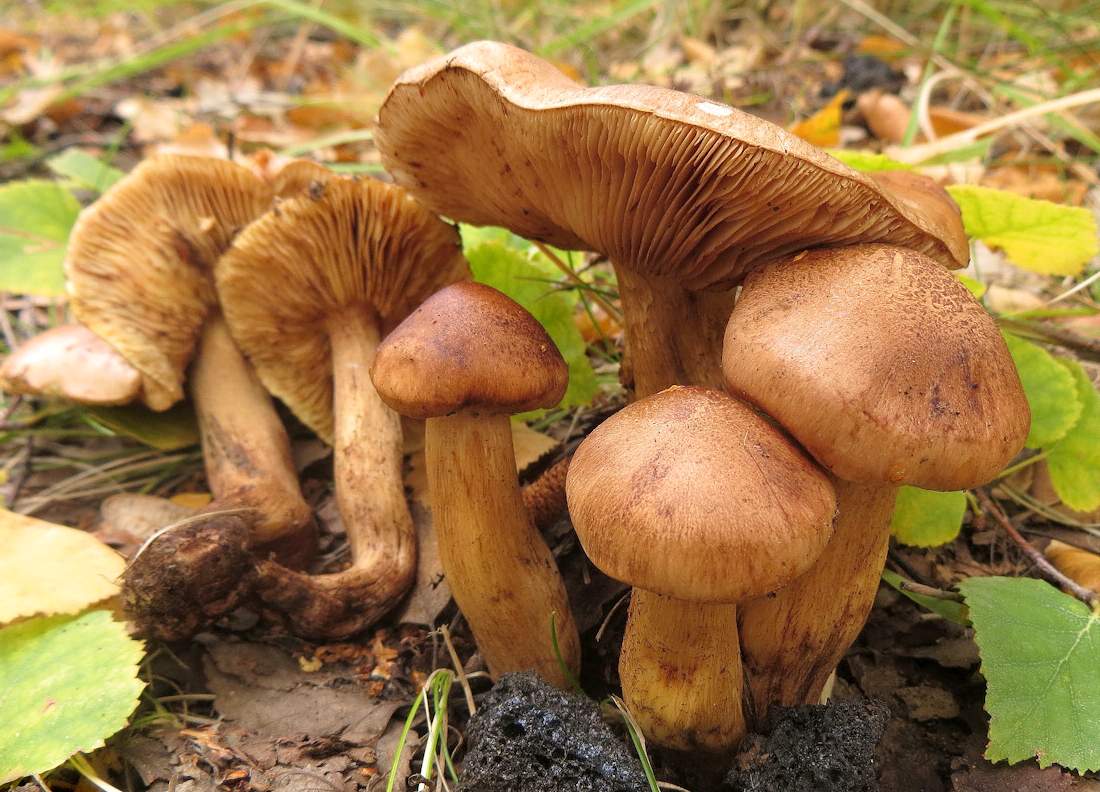
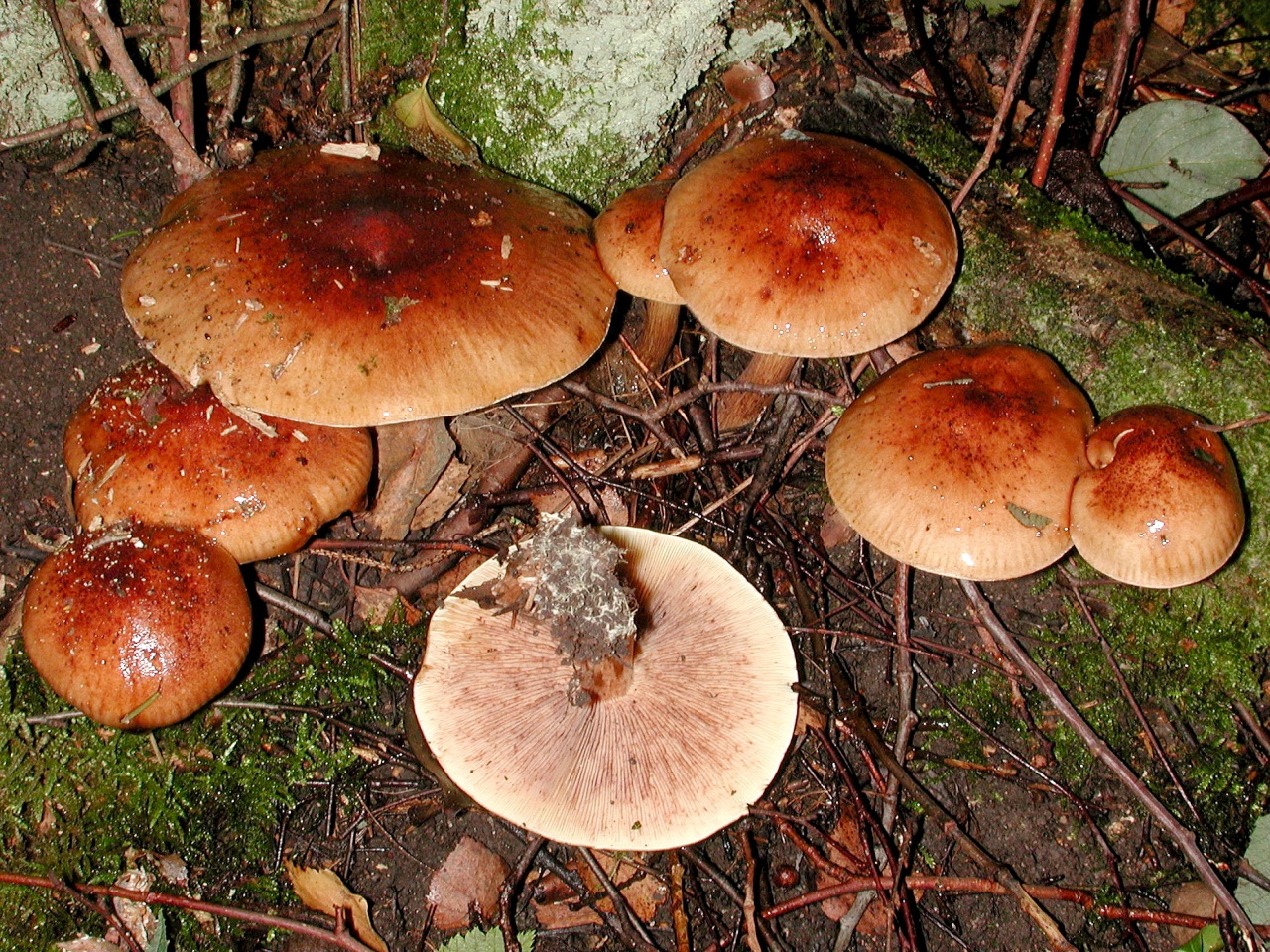
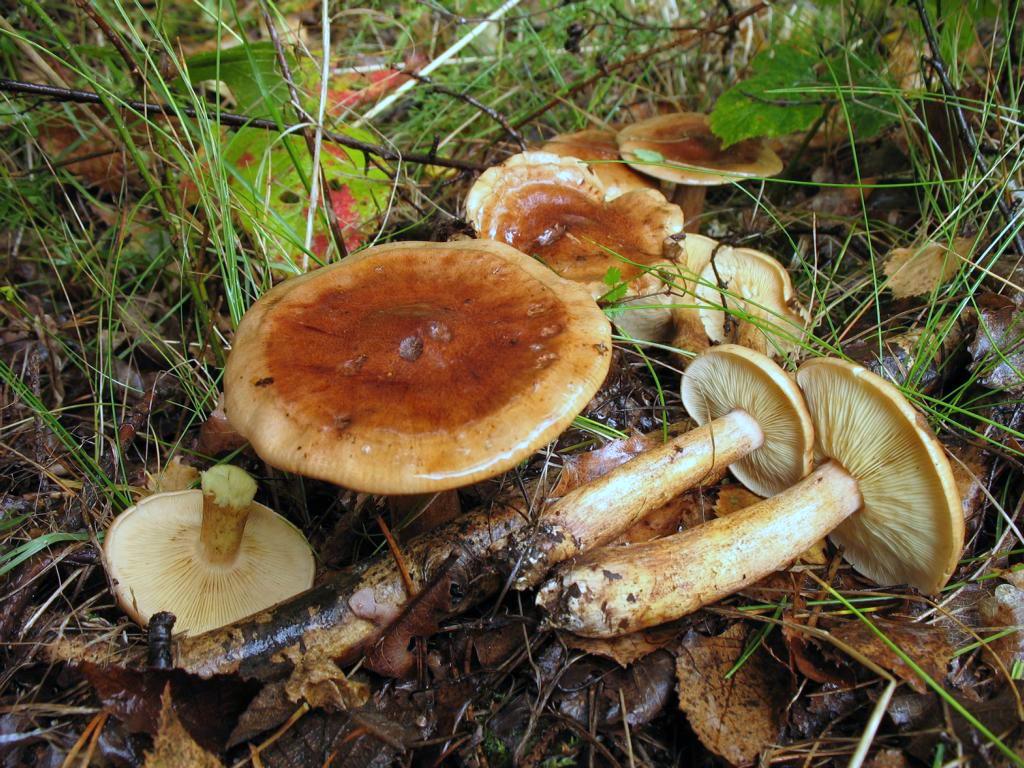
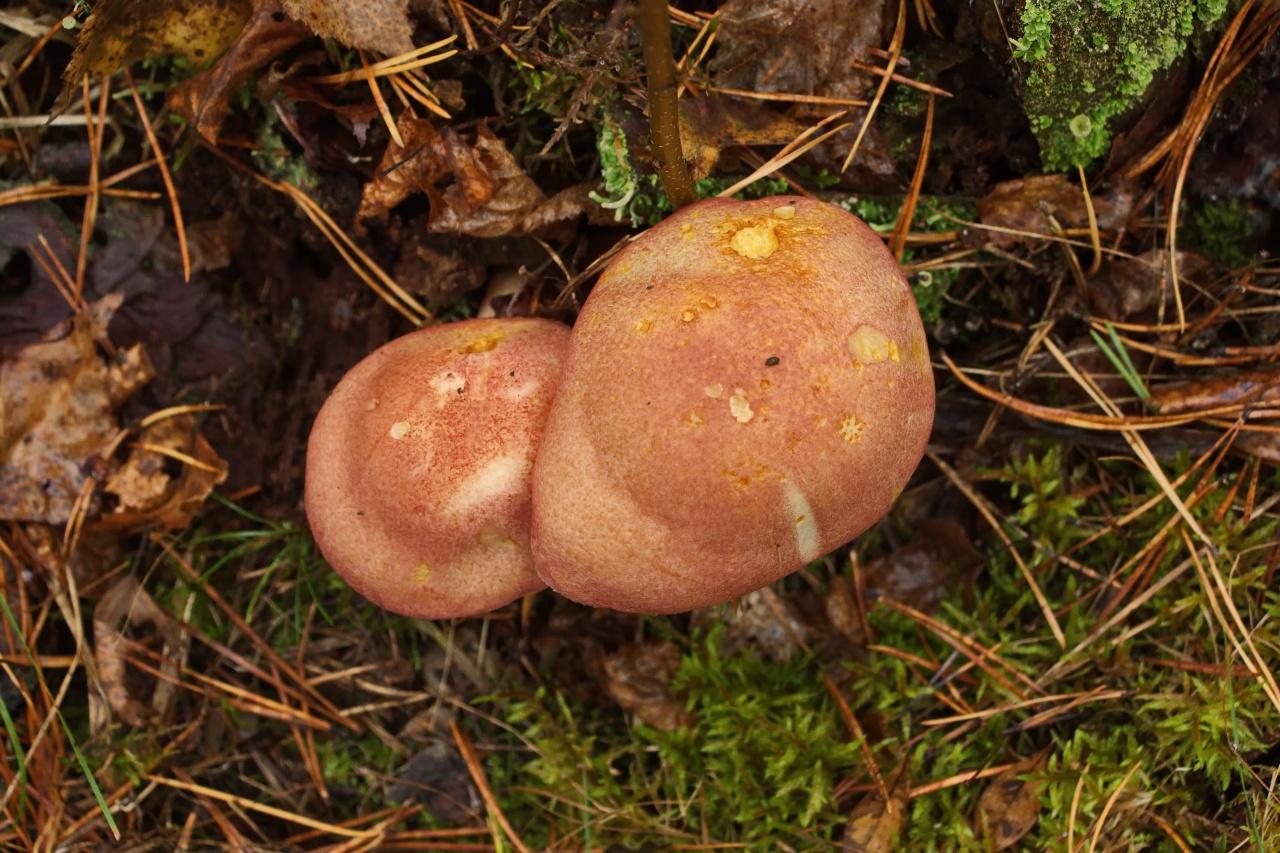
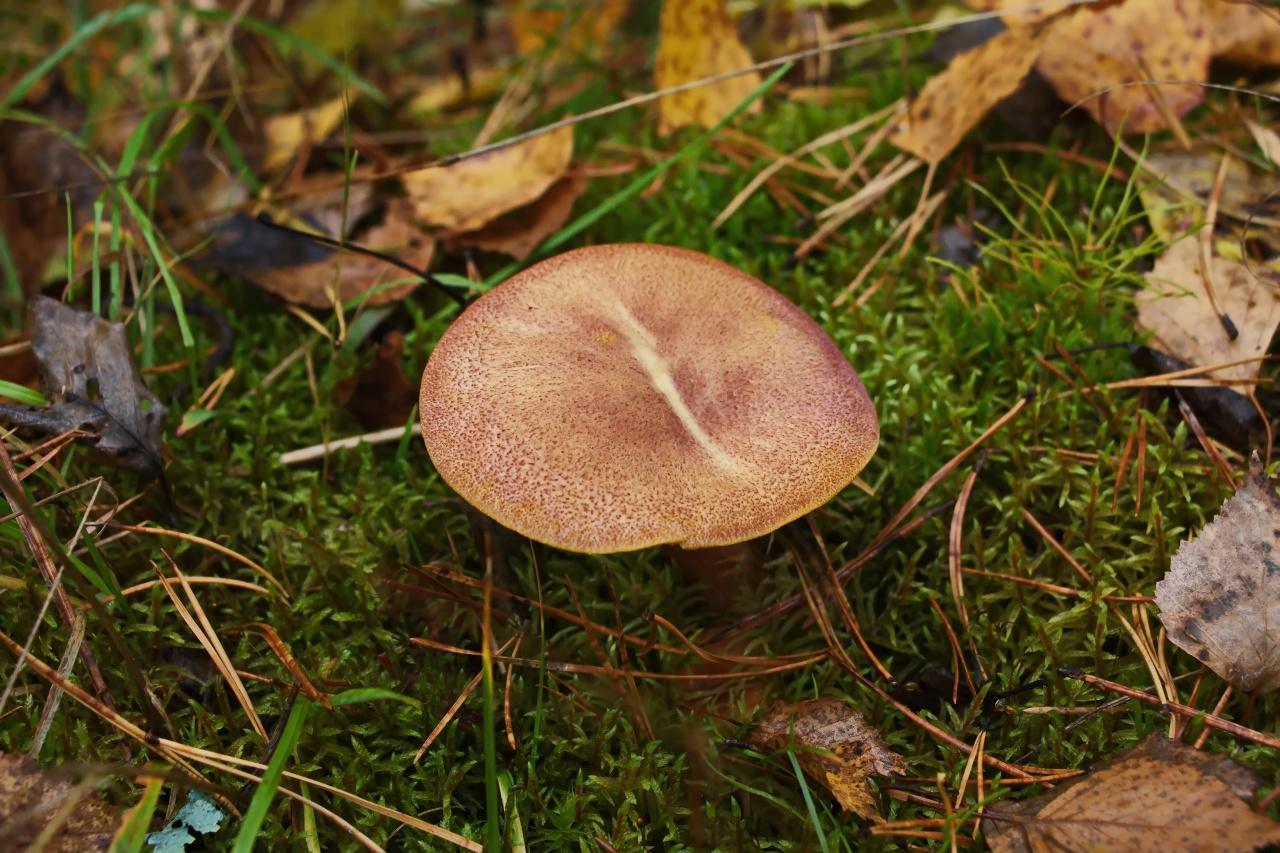
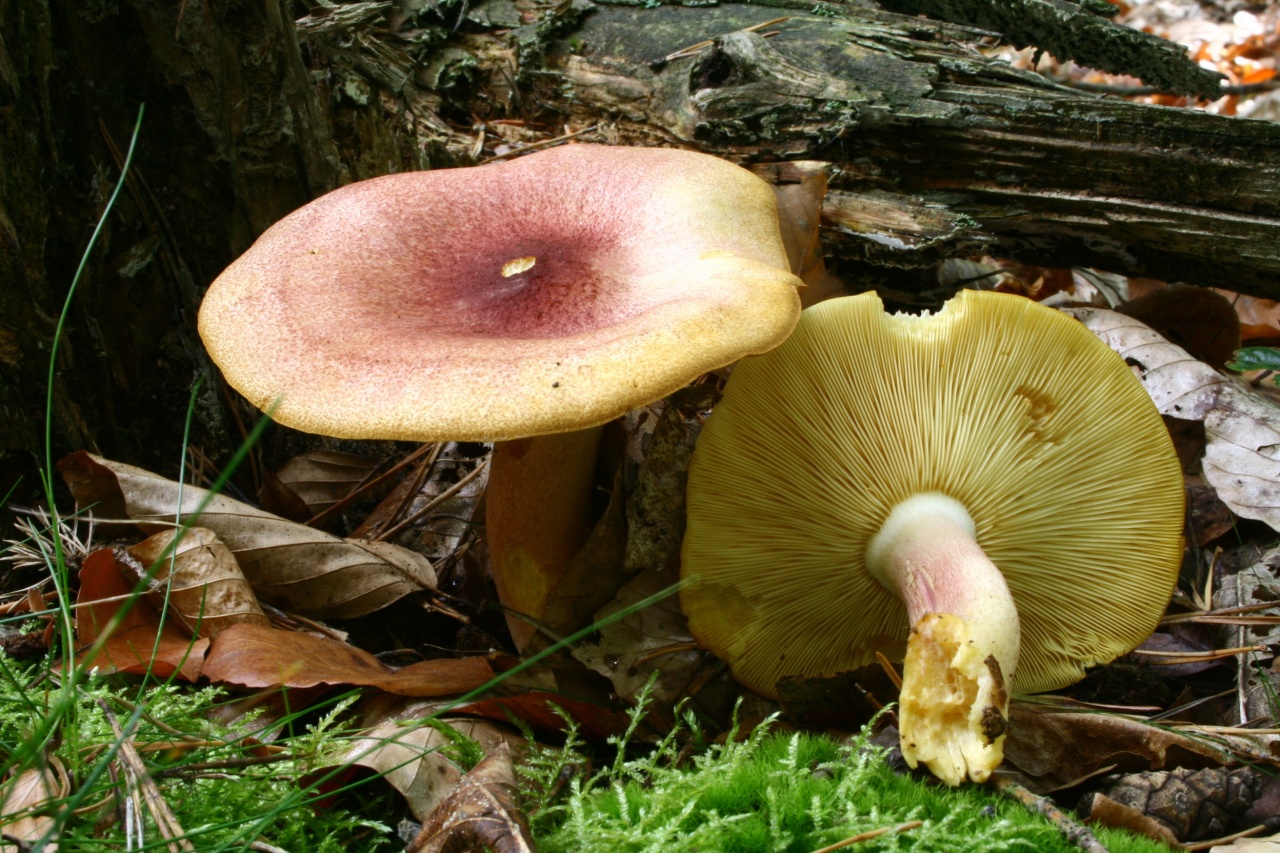
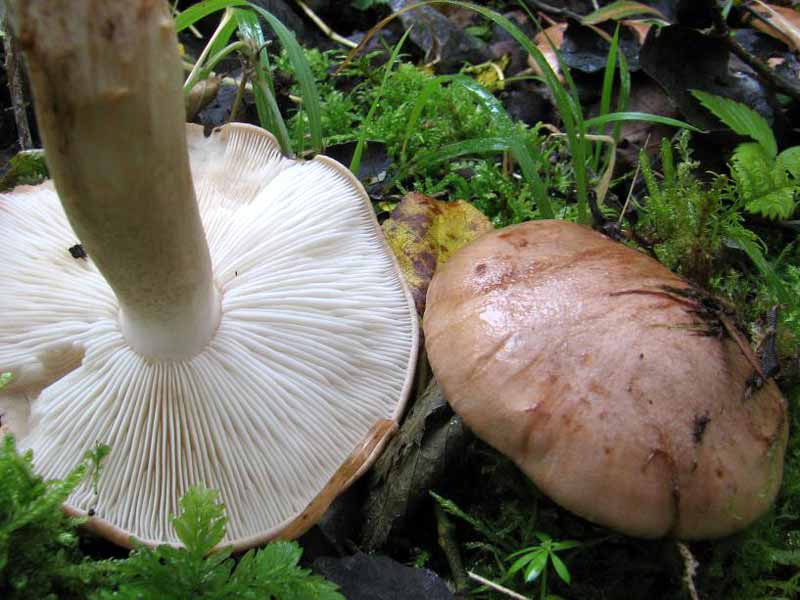
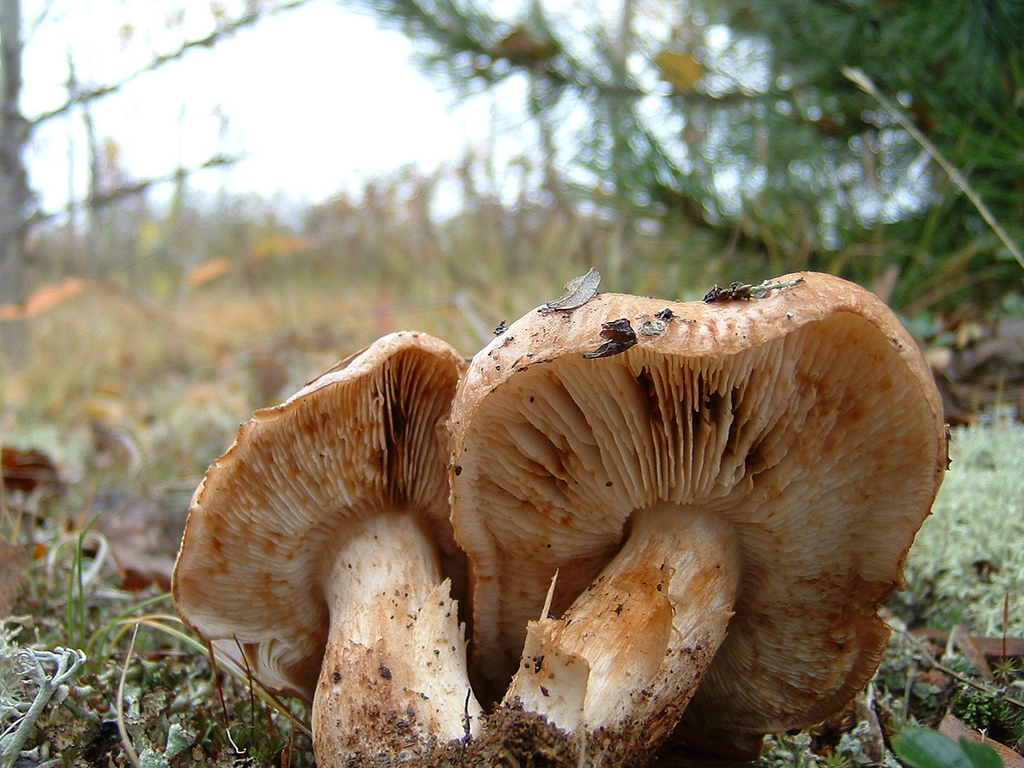
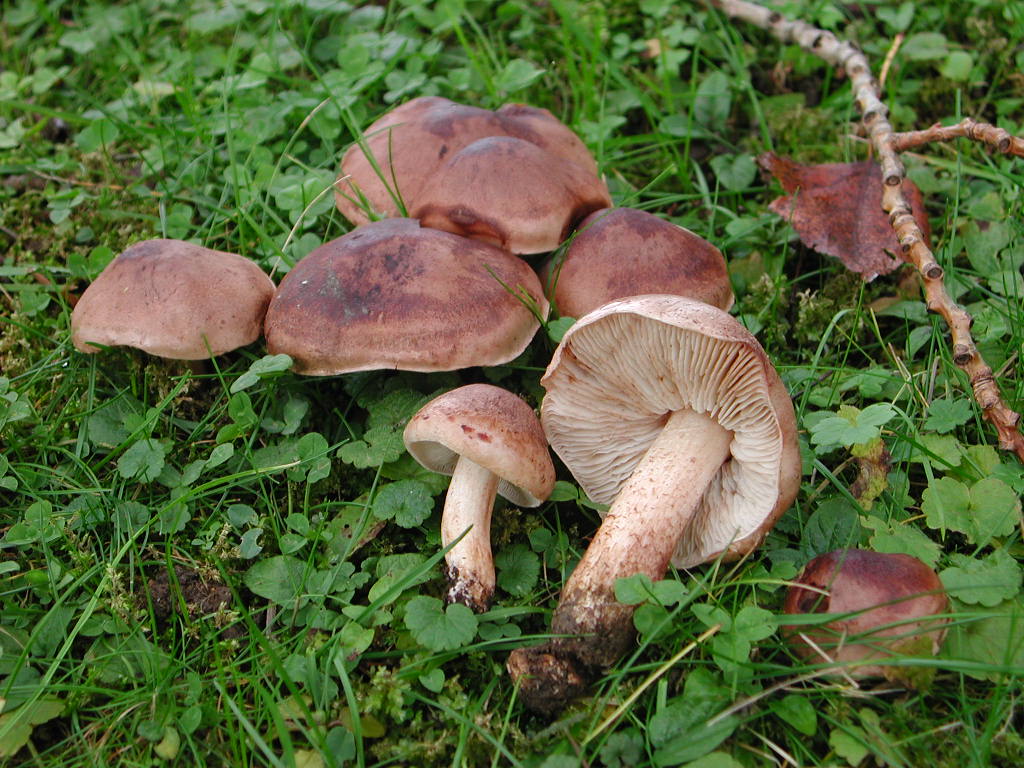
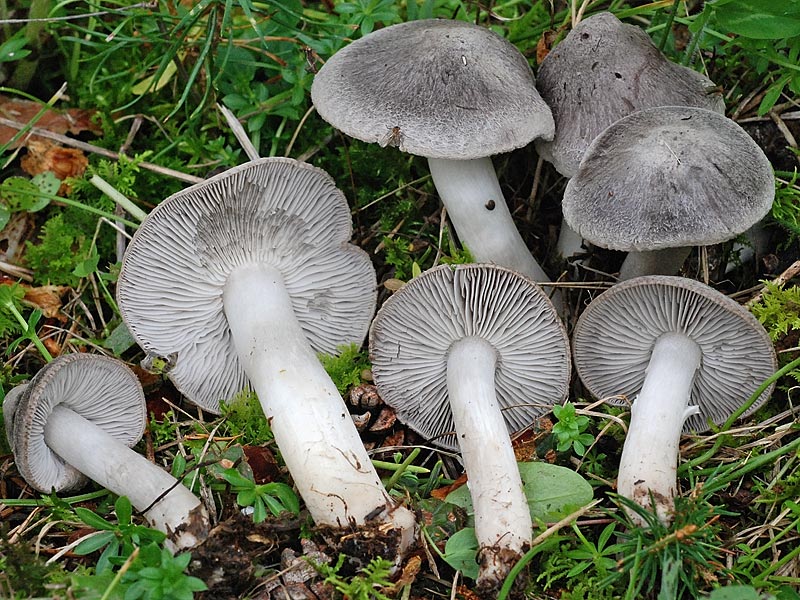
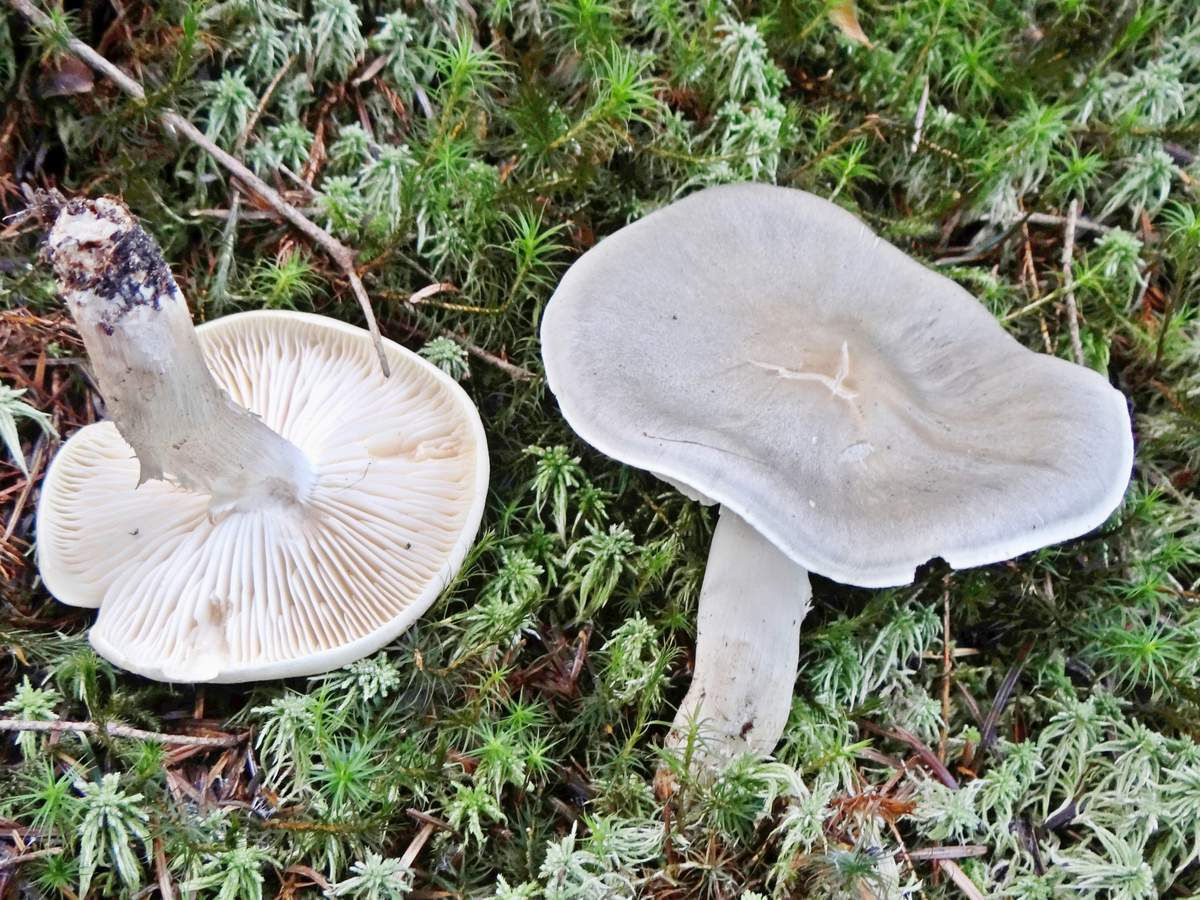
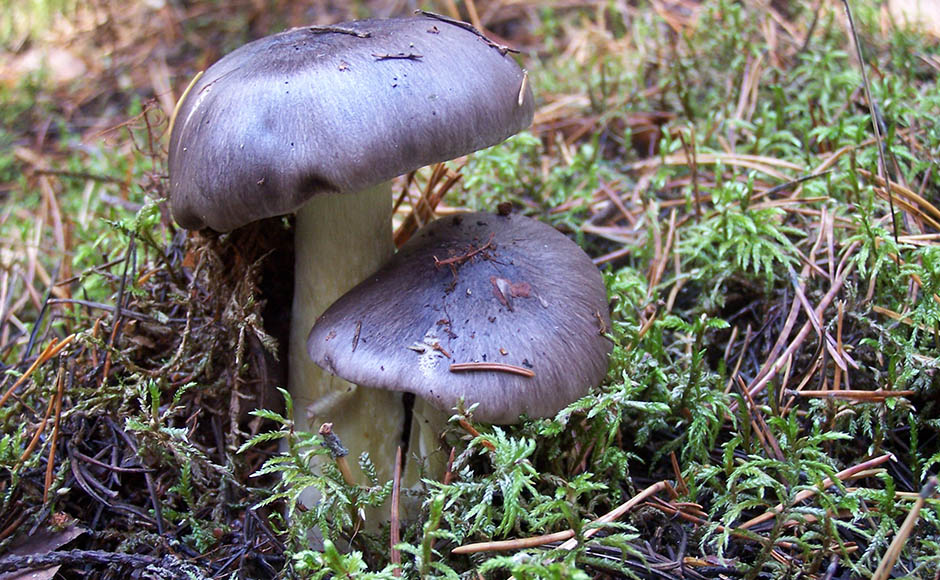
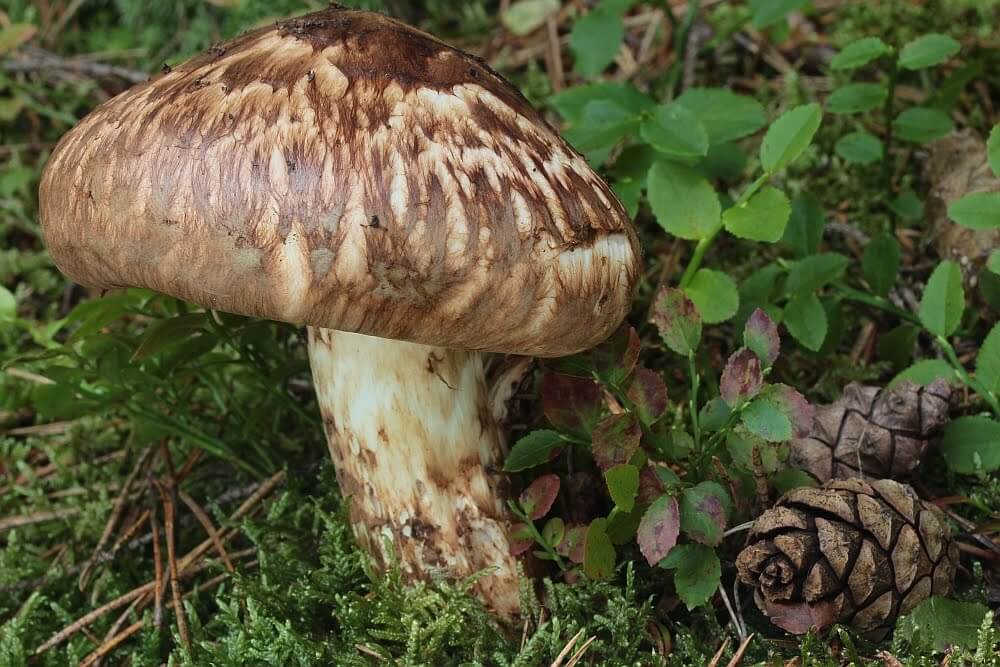
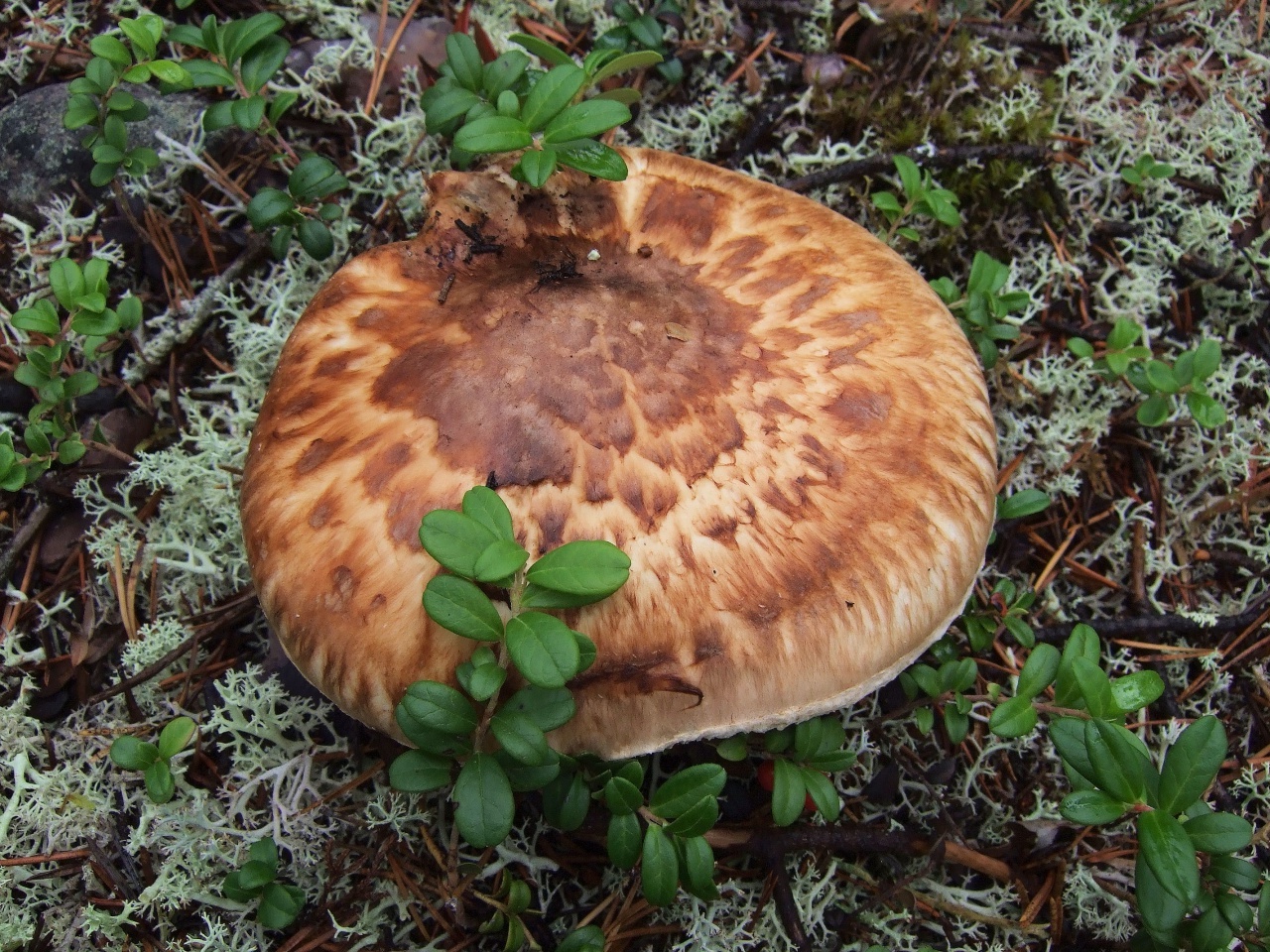
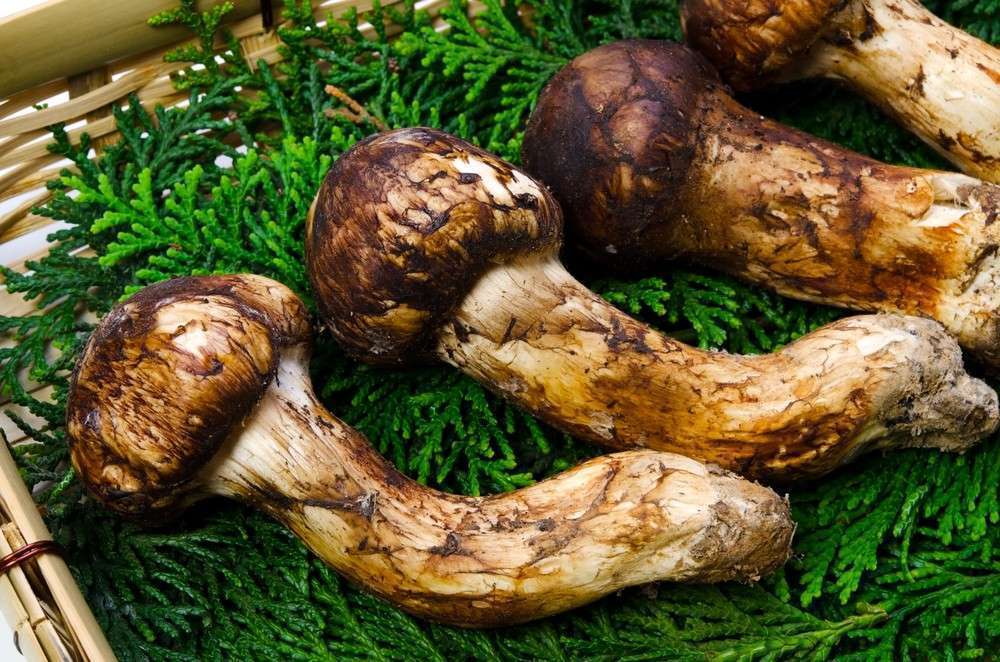



 Care and use of Kombucha at home (+22 photo)
Care and use of Kombucha at home (+22 photo) Edibility of the fungus of the motley umbrella and its description (+19 photo)
Edibility of the fungus of the motley umbrella and its description (+19 photo) Description of edible and inedible oils, their poisonous counterparts (+40 photos)
Description of edible and inedible oils, their poisonous counterparts (+40 photos) Useful properties of milk mushroom and its contraindications (+17 photos)
Useful properties of milk mushroom and its contraindications (+17 photos)